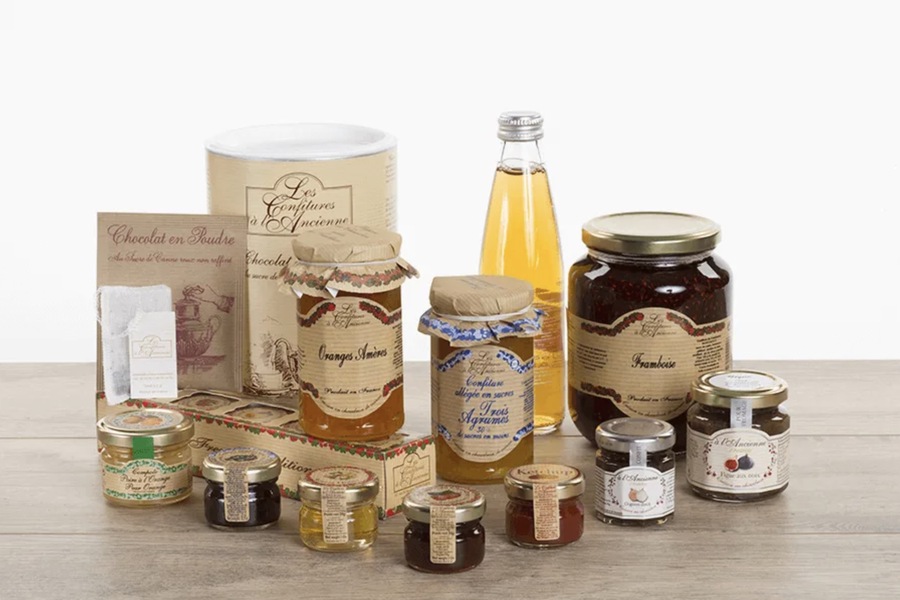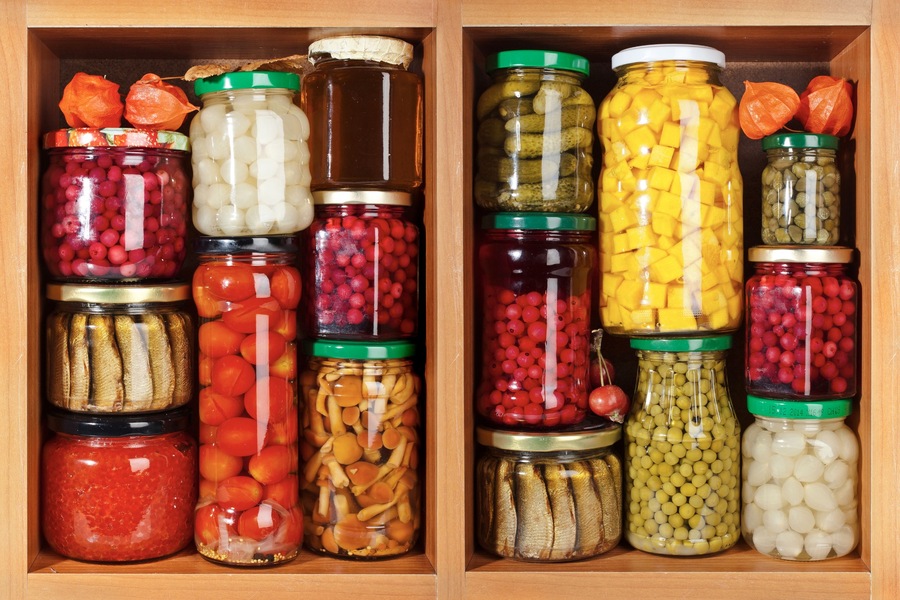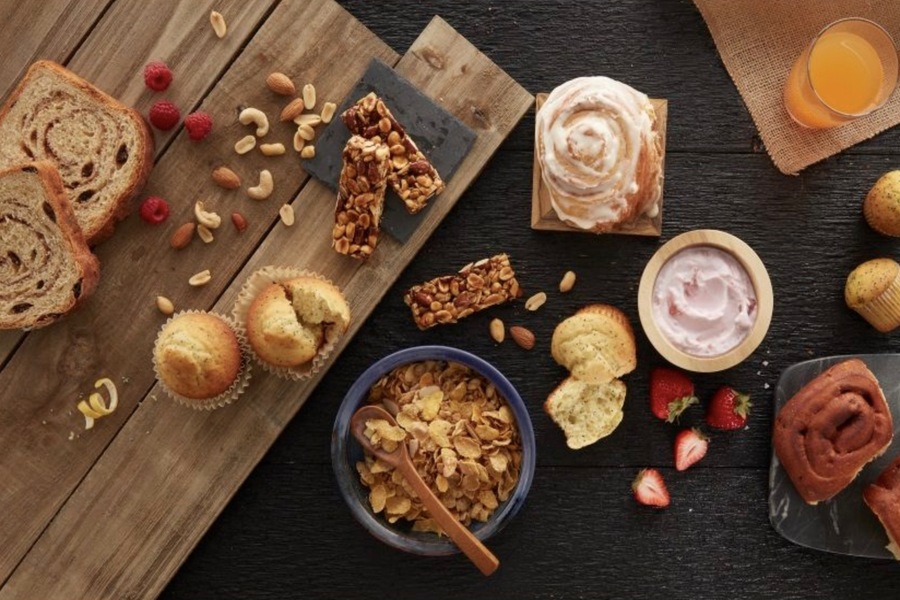
Smokehouses: The Art of Preserving Flavor and Extending Shelf Life
A smokehouse is a highly specialized piece of equipment used for the heat treatment and preservation of various food products, most commonly meat and fish, though some variations can also smoke cheese, vegetables, and even nuts. The process that takes place inside a smokehouse is known as smoking. During smoking, food is exposed to smoke generated from smoldering wood, which dehydrates the food while simultaneously infusing it with a rich, savory aroma and taste. This not only enhances the flavor of the food but also extends its shelf life, making it a popular method of preservation across many cultures for centuries. For those looking for high-quality smokehouses, Kitchen Warehouse offers a variety of models suitable for different needs, ensuring optimal results in both flavor and preservation.
The Significance of Smoking in Food Preparation
Smoking is one of the oldest food preservation techniques known to humankind. It was initially used to prolong the shelf life of food in the absence of refrigeration by reducing the moisture content in products, which in turn inhibits bacterial growth. Over time, smoking evolved from a simple preservation technique into an art form, where the flavor and aroma imparted by the smoke became highly prized in various cuisines. Smoked meats, fish, and cheeses are now considered delicacies, with countless variations across the globe.
In modern times, smoking remains popular for both commercial and home cooking purposes. Not only does it serve to preserve food, but it also offers a unique, complex flavor profile that cannot be replicated by other cooking methods. The slow exposure to smoke from specific types of wood creates a symphony of flavors, allowing the natural properties of the food to come forward while being enhanced by the smoky aroma.
How Does Smoking Work?
The process of smoking involves placing food in a chamber where it is exposed to smoke created by smoldering wood chips. The basic principle is the same, whether for meat, fish, or other products: as the food absorbs the smoke, it undergoes partial dehydration, which helps to extend its shelf life and develop its distinctive smoky flavor. Depending on the type of smoking being done, the temperature and duration of the process will vary significantly.
Sawdust or small chips of wood from deciduous trees are typically used to generate the smoke. The wood is lit or heated in a manner that allows it to smolder, creating smoke without the formation of open flames. The smoke then rises and envelopes the food, which is usually suspended on hooks or placed on racks inside the smokehouse. Different types of wood chips are used to create specific flavors, and the type of smoking (hot, cold, or fast) will also affect the texture and taste of the final product.

Types of Smoking
There are three primary types of smoking, each with its own techniques and applications. These are hot smoking, cold smoking, and fast smoking. Each method has distinct temperature ranges, durations, and purposes.
1. Hot Smoking
Hot smoking is a method in which food is cooked at relatively high temperatures, typically ranging from 65°C to 120°C (150°F to 250°F). The process is not just about flavor; it also fully cooks the food, making it ready to eat immediately after smoking. Hot smoking is often used for preparing meats like sausages, ribs, ham, poultry, and fish.
In a hot smoking process, the high temperatures cook the food while the smoke infuses it with a rich, savory flavor. This method is ideal for those who want smoked food that is ready to eat without additional cooking. Hot-smoked foods retain moisture due to the relatively short cooking time and higher temperatures. The texture of hot-smoked products is tender and juicy, with a bold smoky flavor.
Some common examples of hot-smoked products include:
Smoked sausages
Hot-smoked salmon
Smoked turkey
Smoked ribs
Because hot smoking fully cooks the food, it is the most popular method for preparing smoked meats and fish in a commercial setting.
2. Cold Smoking
Cold smoking is carried out at much lower temperatures, generally between 20°C to 30°C (68°F to 86°F). In this process, the food is exposed to smoke for an extended period, typically several hours or even days, without being cooked. The low temperature ensures that the food does not exceed ambient levels, which preserves the natural texture and moisture of the product while allowing it to absorb the smoke flavor.
Cold smoking is not meant to cook the food but rather to impart a deep, complex smoky flavor. As a result, cold smoking is usually paired with curing or drying processes to ensure the food is safe to eat. It is commonly used for products like cold-smoked salmon, bacon, and ham. Cold-smoked products tend to have a firm, dry texture and are often sliced thinly before serving.
Examples of cold-smoked foods include:
Cold-smoked salmon (lox)
Cold-smoked bacon
Smoked cheeses
Cold-smoked ham
Due to the extended duration and low temperatures, cold-smoked products often require refrigeration and are usually consumed without additional cooking.
3. Fast Smoking
Fast smoking, also known as flash smoking, is a method that combines aspects of both hot and cold smoking. The process takes place at moderately high temperatures but for a much shorter period, often under an hour. Fast smoking imparts a lighter smoky flavor while maintaining much of the food’s natural moisture and texture.
This method is commonly used in restaurants and commercial kitchens where speed is essential, and the desired outcome is a product that has a delicate smoky flavor without the need for a long smoking process. Fast smoking is ideal for creating quick appetizers or snacks, and it is often used for smaller items like seafood or vegetables.
How a Cold Smoking Smokehouse Works
A cold smoking smokehouse is specifically designed to generate smoke at a low temperature while keeping the food in a separate chamber away from direct heat. The smoke is created in a firebox or smoke generator, where wood chips or sawdust are smoldered. The smoke is then channeled through ducts or pipes into the food chamber, allowing the smoke to cool down before reaching the food.
Because cold smoking requires a long duration at low temperatures, the smokehouse must ensure that the food is kept well below cooking temperatures. The separation between the smoke generator and the food chamber is crucial to prevent heat from cooking the food. This setup allows for the long, slow process necessary for cold smoking to properly flavor and preserve the food without altering its natural texture.
The Device of a Hot Smoking Smokehouse
A hot smoking smokehouse is designed to simultaneously cook and smoke food. In this setup, the smoke is generated directly beneath or adjacent to the food chamber, allowing the heat from the smoldering wood to rise and cook the food. The temperature inside the chamber is controlled to remain within the hot smoking range, usually between 65°C and 120°C.
Professional-grade hot smoking smokehouses often come equipped with adjustable vents, thermometers, and insulation to maintain consistent temperatures and smoke levels. These smokehouses are perfect for preparing large quantities of food quickly, making them ideal for restaurants, delis, and butchers.

Smoke Sources: Wood Types and Their Impact on Flavor
The type of wood used in smoking plays a critical role in determining the flavor, aroma, and even color of the final product. Different types of wood impart distinct flavors to the food, so selecting the right wood is essential for achieving the desired taste.
Alder and juniper are popular choices for smoking because they provide a balanced, mild flavor that complements most foods without overpowering the natural taste.
Fruitwoods such as apple, cherry, and pear are highly prized for their sweet, fruity undertones, which work particularly well with poultry, pork, and fish.
Beech, oak, and grapevines offer more robust, earthy flavors and are often used for smoking red meats like beef and lamb.
Wood chips should be properly dried and seasoned before use to prevent bitter or acrid smoke from forming. The pre-treatment of the wood, such as soaking it in water or other liquids, can also influence the final flavor of the smoked food.
Choosing the Right Smokehouse
Smokehouses come in a wide variety of models designed to meet different needs. Whether for commercial or home use, the right smokehouse will depend on the type of smoking you intend to do and the quantity of food you want to prepare. Professional-grade smokehouses are typically made from durable materials such as stainless steel and offer a range of features, including adjustable smoke levels, precise temperature controls, and easy cleaning options. Home models are usually more compact and affordable, but still offer great results for smaller-scale smoking.
For those in Dubai looking to purchase a smokehouse for business or personal use, Kitchen Warehouse offers a wide selection of both new and used equipment at competitive prices. Models such as the Smoker with a Wooden Baking Chamber NPICCO, priced at 14,700 AED, are excellent choices for businesses that want to deliver high-quality smoked products to their customers.
Conclusion
Smokehouses are indispensable for anyone who wants to explore the age-old tradition of smoking food. Whether you prefer the robust flavor of hot smoking, the subtle complexity of cold smoking, or the speed of fast smoking, there is a smokehouse and method suited to your needs. Not only do smoked products offer an extended shelf life, but they also provide a depth of flavor that is unmatched by other cooking techniques. With the right equipment and wood selection, you can create delicious, long-lasting smoked foods that your family, friends, or customers will love.
Basketball fan, Shiba Inu lover, DJ, writer and designer of various specialties. We work at the intersection of simplicity and informatics to save the world from bad design. Sometimes I do random things with friends. I am developing my own business.
